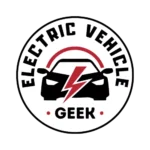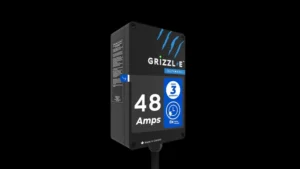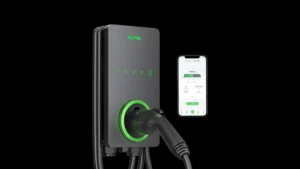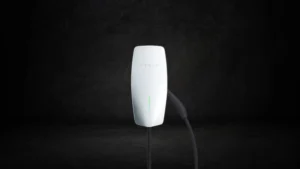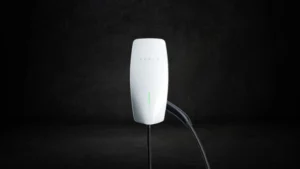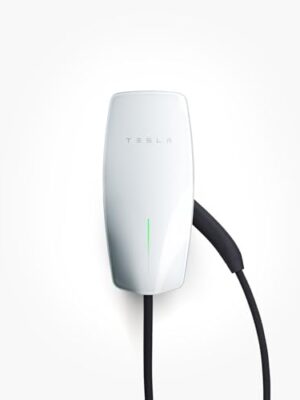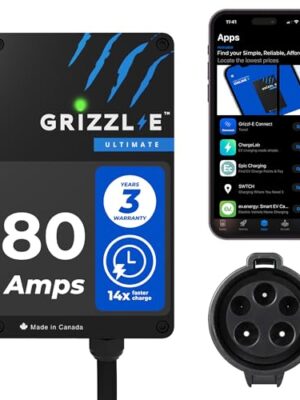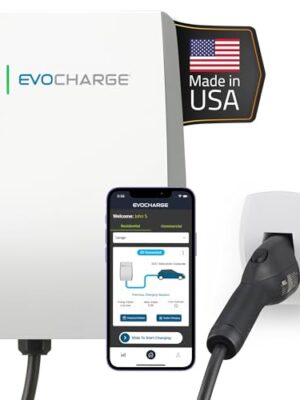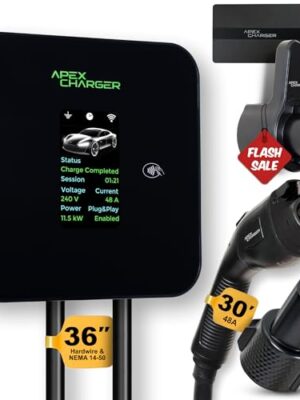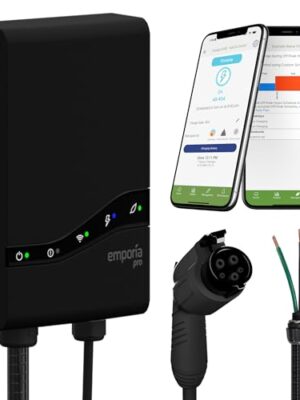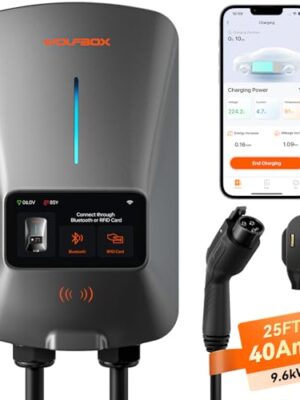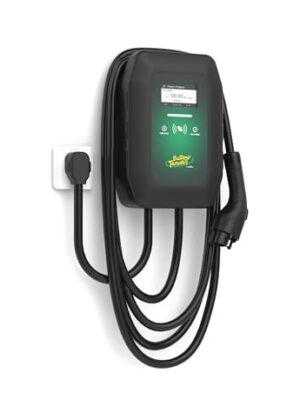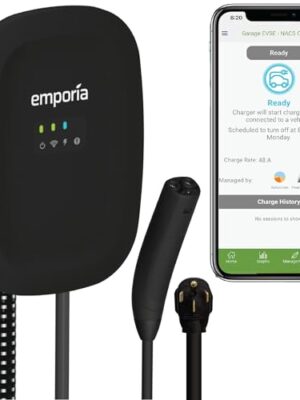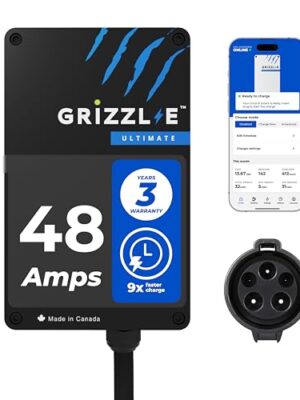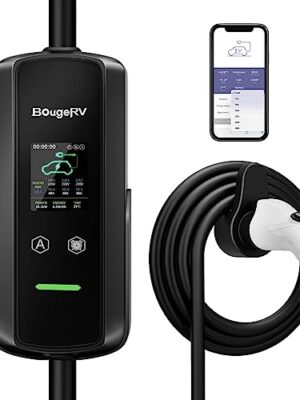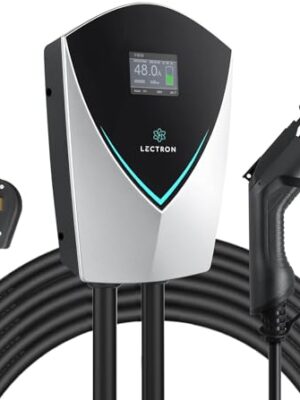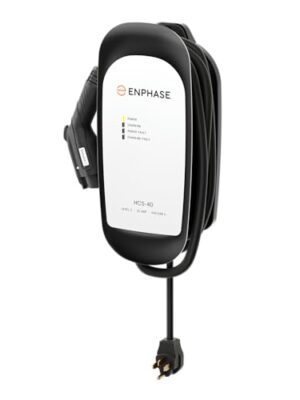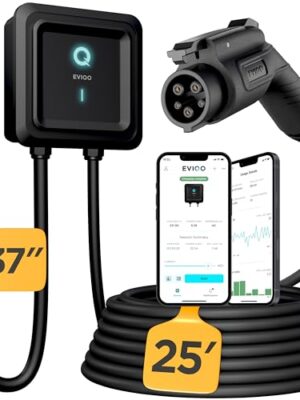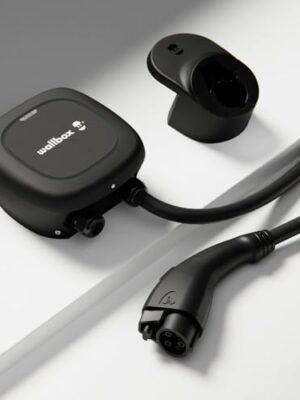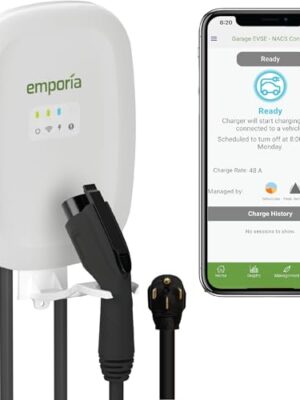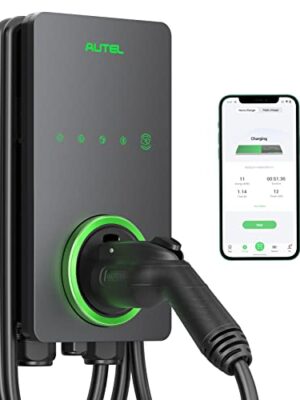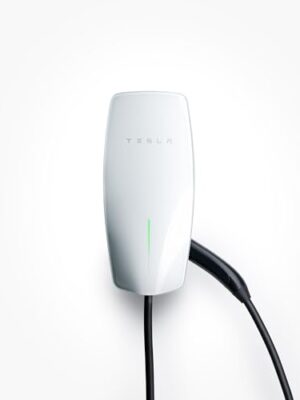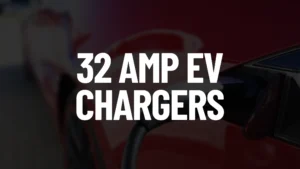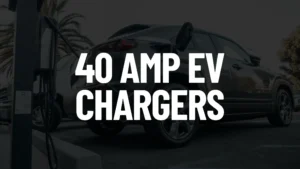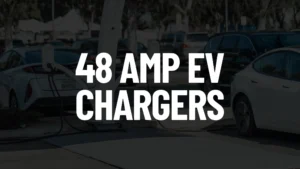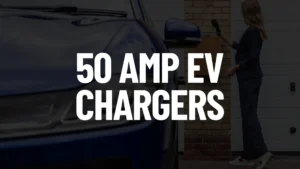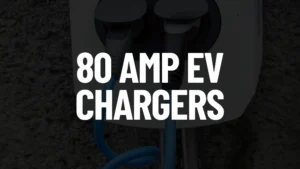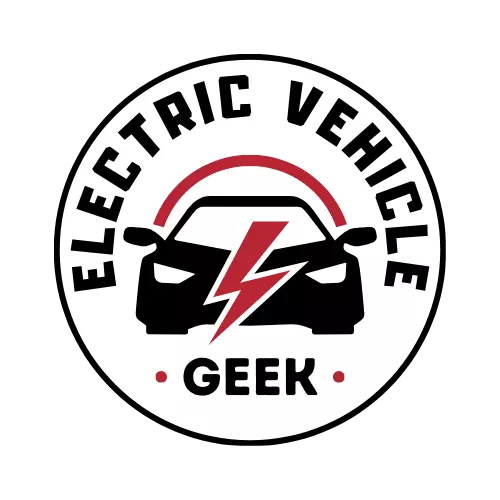Supported by you via insider access, and when you purchase through links on our site, we may earn an affiliate commission. See our Affiliate Disclosure.
48 AMP EV Chargers Reviews 2025
Browse top-rated 48 AMP Level 2 EV chargers for home or commercial workplace charging. Compare charging speeds, outlet and hardwired setups, and compatibility with Tesla/NACS and J1772 EVs.
Best 48 AMP EV Chargers
No one tests more EV chargers than we do. Need a high-powered home or commercial workplace charger that supports 48 amps? Discover the best 48 Amps EV chargers of 2025 – designed for faster daily charging, reliable performance, and code-compliant installation on a 60A circuit.
Best for Outdoor EV Charging Installations
Maximum durability in the harshest weather conditions.
Best Smart EV Charging EV Charger For Homes
Integrates with home energy systems and CSMS
Best for Tesla Model S, Model 3, Model X and Model Y.
Power-share allows up to six Wall Connectors to be linked
Best for Solar EV Charging/ Future Proofing
Offers bi-directional EV charging: V2G, V2H, and V2L
See All 48 Amp EV Charger (J1772 or Tesla/NACS)
Please explore our complete selection of 48 AMP Level 2 EV chargers, including fixed 48A and amperage-adjusted models. All chargers are compatible with J1772 or Tesla/NACS connectors and deliver 240V power for efficient home or commercial workplace charging.
What Is a 48 Amp EV Charger?
A 48-amp EV charger is a Level 2 EV charger that delivers up to 11.52 kW of power using a 240V circuit connection – enough to add approximately 40 miles of range per hour, depending on your EV’s efficiency. These chargers are typically hardwired. We recommend them for EVs with high onboard charging capacity, larger battery packs, and drivers who need fast overnight charging at home or in commercial workplace settings.
A 48-amp home charger is popular among almost all electric vehicles. Tesla models like the Model 3, Model Y, and Model S, as well as J1772-equipped cars like the Ford Mustang Mach‑E, Volkswagen ID.4, Hyundai IONIQ 5, Audi Q4 e‑tron, and Chevrolet Bolt EUV, all charge comfortably at this rate. A few high-end EVs, like select Lucid Air trims, can handle even higher AC speeds, but these are rare. For most drivers, a 48-amp charger delivers the fastest, most practical home charging their car can use.
48 Amp EV Charger Circuit Requirements
A 48A EV charger must run on a 240V circuit protected by a 60A double-pole breaker. The wiring should use 6 AWG solid copper conductors rated for at least 75°C (e.g., THHN) and 10 AWG copper ground conductors. These chargers are typically hardwired directly to a junction box or panel, though some plug-in units use NEMA 14-60 outlets if allowed by code.
GFCI protection is required and must be provided either at the breaker, within the charger, or through a GFCI-protected outlet where applicable. Always follow NEC guidelines and local codes for conductor sizing, voltage drop, and breaker ratings.
Hardwired 3-Wire 48 Amp EV Charger Circuit Wiring Diagram
This 240V configuration uses a dedicated 60A double-pole breaker to feed three 6 AWG solid copper conductors – black (L1), red (L2), and 10 AWG green (Ground) – to a junction box. Neutral is not required. The charger is directly wired in, and the ground connects to the ground busbar, as shown in our circuit wiring diagram below.
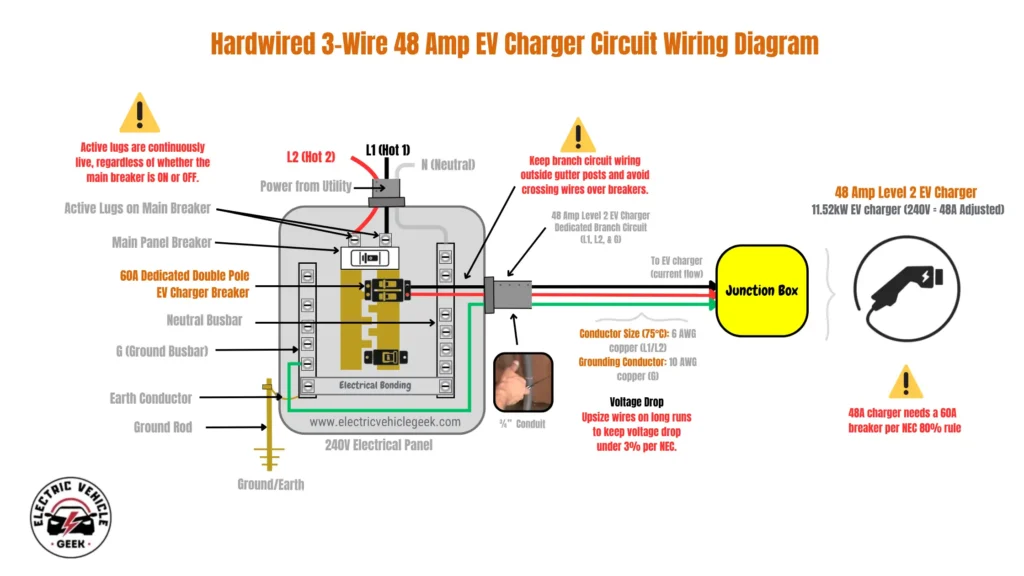
Hardwired 4-Wire 48 Amp EV Charger Circuit Wiring Diagram
Some EV chargers require a neutral for internal monitoring or smart functions. This setup uses a dedicated 60A double-pole breaker to supply four wires – 6 AWG solid copper conductors black (L1), 6 AWG red (L2), 6 AWG white (Neutral from the neutral busbar), and 10 AWG copper conductor green (Ground from the ground busbar)—all routed through a conduit to a junction box for direct circuit connection, as illustrated in our circuit wiring diagram below.
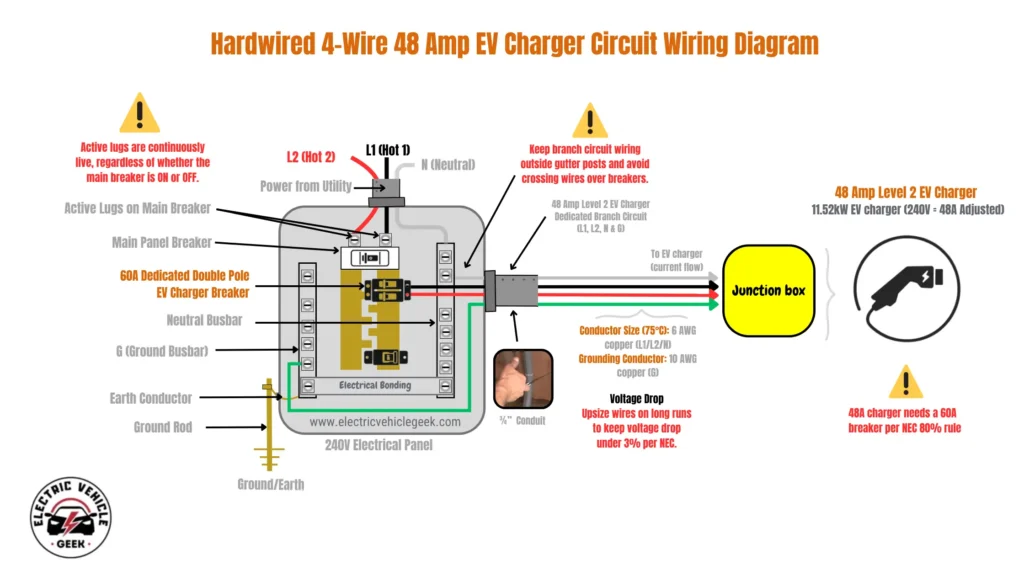
NEMA 14-60P 48 Amp Level 2 Charger Circuit Wiring Diagram
In this installation, a dedicated 60A breaker supplies four conductors – 6 AWG solid copper conductors black (L1), red (L2), white (Neutral), and 10 AWG conductor green (Ground) – to a NEMA 14-60R outlet. This setup is suitable only for EV chargers specifically rated for plug-in use at 48A continuous EV charging load, and is most commonly used to convert a hardwired 48-amp EV charger into a plug-in installation, as shown in our circuit wiring diagram below.

Looking for More Power or a Lighter Setup? Explore Other Amperage Levels
With about 40 miles of range per hour, 48A EV chargers are great for high-mileage EVs and fast home EV charging. Need a simpler setup? Check out 12A to 40A EV chargers below. Want the fastest charging available? See 50 to 80A chargers below.
120V, 12A, 1.44 kW
Adds approx. 3–8 miles of range per hour.
120V or 240V, 16A, 1.92–3.84 kW
Adds approx. 3–12 miles of range per hour
240V, 24A, 5.76 kW
Adds approx. 22 miles of range per hour
240V, 32A, 7.68 kW
Adds approx. 26 miles of range per hour
240V, 48A, 11.5 kW
Adds approx. 40 miles of range per hour
240V, 80A, 19.2 kW
Adds approx. 75 miles of range per hour
